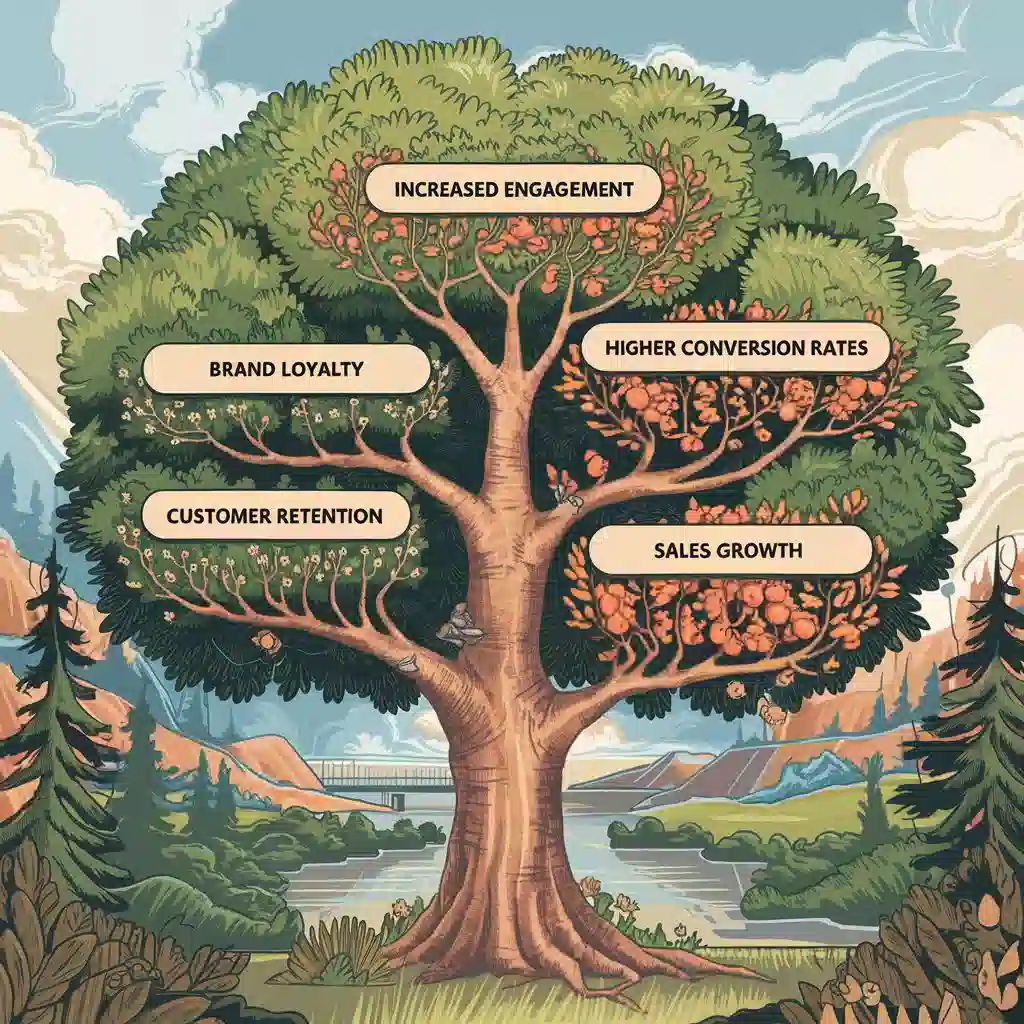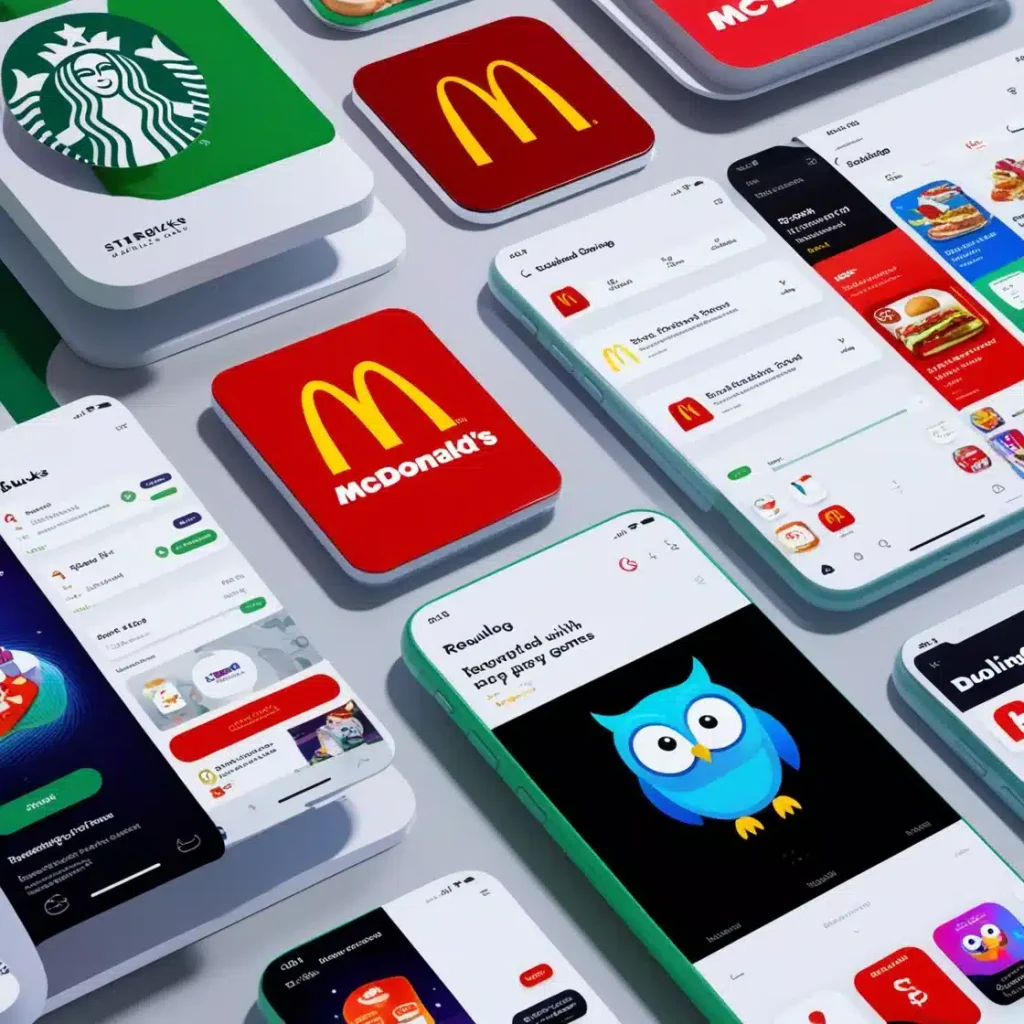Marketing Gamification: Where Engagement Becomes Play
Introduction
Gamification is a term that means applying game mechanics into non-game contexts, thus promoting engagement and participation. It draws out natural urge to compete and to succeed in rather boring tasks. Key elements of gamification include;
Points and Reward: Reward points to the customers for actions completed, and they can redeem those reward points.
Leaderboard : They also create a competitive atmosphere among the users, hence encouraging them to keep themselves engaged.
Challenges and Quests: Things a player can do to receive an incentive or badge reward

Psychological Attraction of Gamification
Gamification leverages psychological drivers that meet the intrinsic needs of human beings:
1.Relatedness: Making people bonded together with social functionality.
2.Autonomy: The authority provided to participants to make choices that influence their experience.
3.Mastery: Provide opportunities to learn and setting of superior goals by users themselves.
4.Purpose: Provides users with a way to work towards something other than just consumption.
These factors offer not only customer engagement but also memorable experiences that a customer will take along with him even after interaction with the brand.
Benefits of Gamification in Marketing
1.Higher Engagement: Gamified experience goes more engaging than any traditional marketing practice. Once a person finds that it is a game rather than just a passive consumer, he is sure to be in touch with the brand.
2.Increased Brand Loyalty: Rewarding users for engagement increases brand loyalty. loyal customers will go to the store and help in promoting the brand.
3.Increased Conversion Rates: Gamification results in an increase of conversion rates of over 50%. For instance, Smile.io reported a 15% increase in its conversion rate when gamified elements were inserted into its email campaigns.
4.Value Data Thoughts: The gamified interactions thus offer valuable data pertaining to user behavior and preferences, thereby allowing them to design really personalized marketing strategies56.
Social Sharing and Brand Awareness: Gamified experiences tend to encourage users to share their achievements on social media, with the resultant publicity boosting brand visibility and attracting new customers.

Benefits of Gamification in Marketing
There are many brands that have achieved success using gamification strategies:
1.Starbucks: The Starbucks Rewards program features elements of gamification, whereby the rewards, represented in the form of stars, are applied to every purchase, and ranks as one of the strategies for driving return business through tiered rewards6
2.McDonald’s Monopoly Game: This is a more traditional campaign where sales promotion and buzz creation around the brand were two aspects that can be attached to gamification for the enhancement of customer engagements2
Duolingo: A language learning application adopts the usage of gamification through levels and rewards applied for the enjoyment of learning and sustains engagement over time4
Gamification Strategies and Their Implementations

Conclusion
Clearly, gamification is an approach that goes beyond trends because it enables the strategic gameification of consumer engagement to significantly amplify any marketing effort. It has led brands to understand and apply good psychological drivers that can have a better relationship with their audience, increase loyalty, and go to the degree of driving business success. As we continue to ply our part in that digital-first world, embracing gamification may be a determining key that gets us noticed amidst the noise.